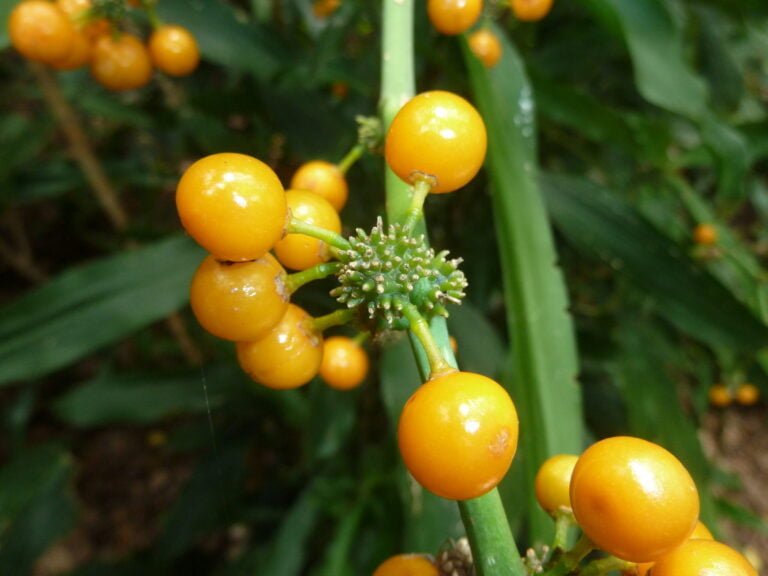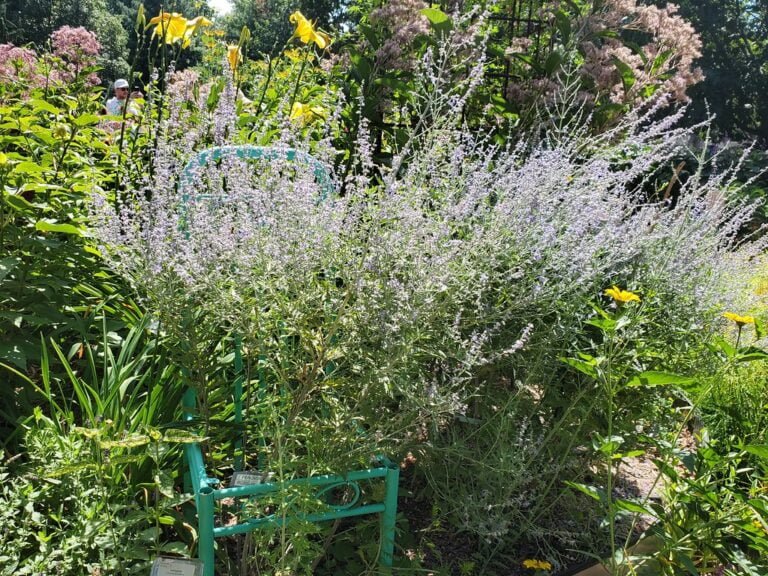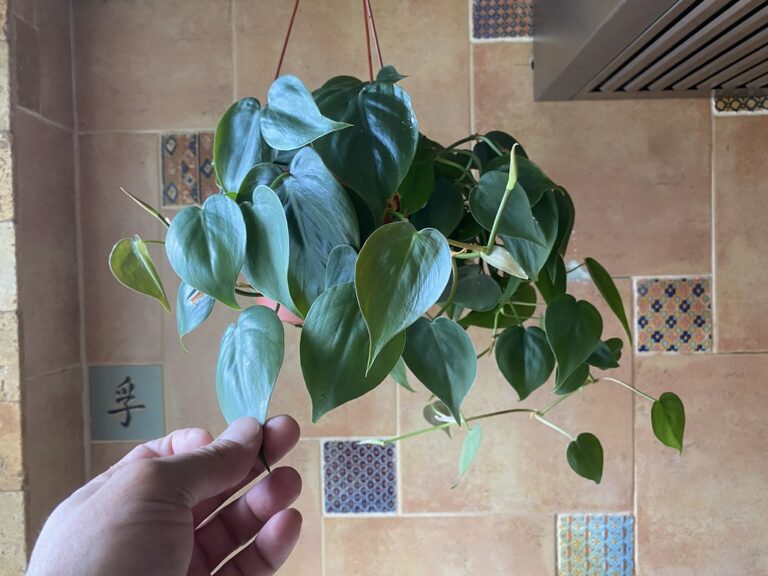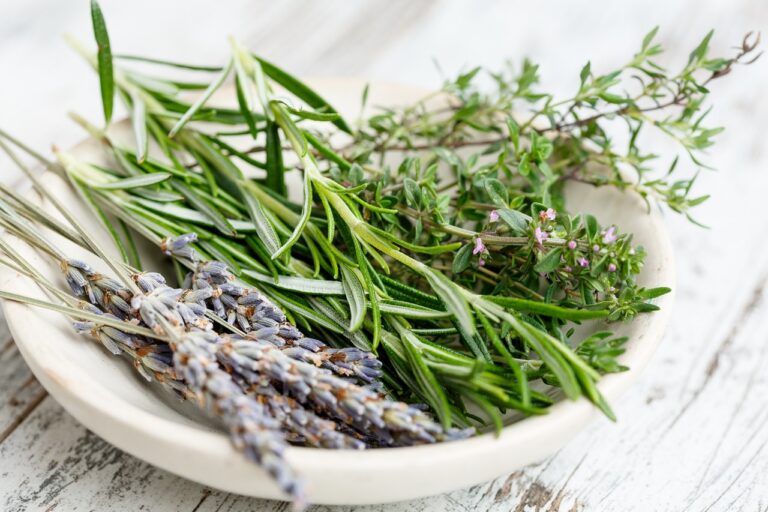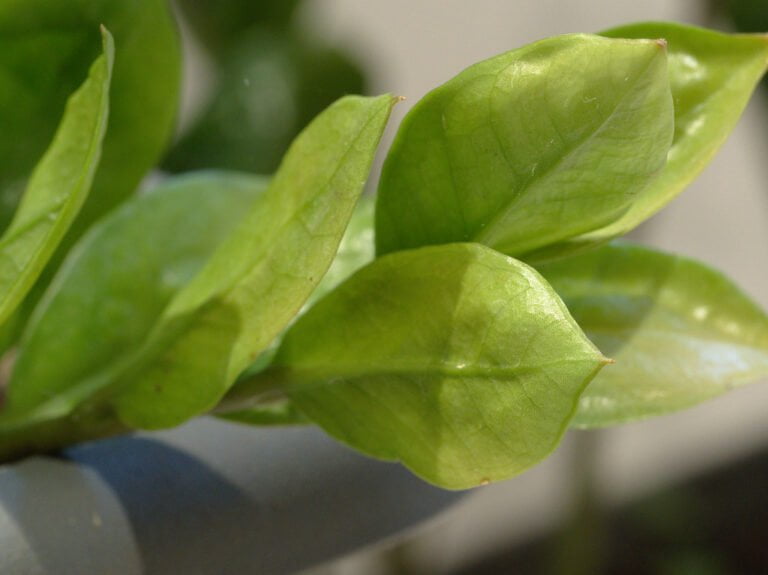Why Are Your Basil Leaves Turning Brown? Causes and Solutions
If your basil leaves are turning brown, it could be due to diseases like downy mildew or fusarium wilt. Check for overwatering or dry soil issues affecting root health. Guarantee your basil gets enough sunlight, but watch out for sunburn. Nutrient deficiencies like lack of magnesium or potassium may cause browning. Pests like spider mites also harm basil. Try organic oils to control infestations effectively. Checking soil moisture, nutrients, and pest presence regularly helps maintain healthy basil leaves. Various causes can lead to brown basil leaves, impacting plant health and leaf vibrancy.
Diseases Causing Basil Leaf Browning
When basil leaves start turning brown, various diseases such as downy mildew, fusarium wilt, bacterial leaf spot, gray mold, and cercospora leaf spot could be the culprits. Downy mildew, caused by Peronospora belbahrii, manifests as yellowing foliage with brown to black leaves. Fusarium wilt, resulting from Fusarium oxysporum f. sp. basilici, leads to drooping foliage with streaks on stems. Bacterial leaf spot, a product of Pseudomonas cichorii, displays dark spots on leaves and spreads through water splashing. Gray mold, caused by Botrytis cinerea, generates gray-brown spores and thrives in cool, wet conditions. Cercospora leaf spot, due to Cercospora beticola, causes lesions on leaf tissues with a halo appearance, particularly prevalent in high temperatures and humidity. Identifying the specific disease affecting the basil leaves to apply the appropriate treatment promptly is essential. Regularly inspecting the plants, removing affected leaves, ensuring proper air circulation, and avoiding overhead watering can help prevent these diseases. Proper sanitation practices and using disease-resistant basil varieties can also aid in maintaining healthy basil plants. By understanding the symptoms and characteristics of these diseases, gardeners can take proactive measures to protect their basil plants from browning leaves.
Watering Issues and Basil Browning
After discussing diseases that cause brown basil leaves, it is important to address how watering issues can also lead to browning in basil plants. Proper watering practices are vital for maintaining the health and vibrancy of basil plants. Here are some key points to keep in mind regarding watering and basil browning:
- Overwatering can result in root rot and suffocation of basil plants, leading to browning of the leaves.
- Inadequate watering causes basil leaves to dry out and turn brown, affecting the overall well-being of the plant.
- Dry soil can cause wilting and a change in leaf color, indicating the need for sufficient watering to prevent browning.
- Maintaining soil moisture is critical for basil plants; the soil should be kept moist but well-drained to avoid issues related to overwatering or underwatering.
To guarantee the healthy growth of basil plants and prevent browning of the leaves due to watering issues, it is important to monitor the soil moisture regularly and adjust the watering frequency accordingly. By providing the right amount of water and maintaining well-drained soil, you can help your basil plants thrive and maintain their lush green foliage.
Sunlight and Temperature Impact on Browning
Proper sunlight exposure plays an essential role in maintaining the health and vibrancy of basil plants, preventing browning of the leaves. Basil thrives in sunlight, ideally requiring 6-7 hours of direct sunlight daily. However, too much direct sunlight can lead to sunburn on the leaves, causing them to turn brown or yellow. It’s important to find the right balance and provide adequate shade during the hottest parts of the day to prevent sun damage.
On the other hand, basil is sensitive to cold temperatures. Exposure to chilly weather can result in brown spots or damage on the leaves. Monitoring temperature fluctuations and protecting the plants during cold spells can help maintain healthy, green basil leaves. Consider covering the plants or bringing them indoors during frosty nights to shield them from the cold.
To make sure your basil plants stay vibrant and free from browning, pay close attention to their sunlight exposure and the surrounding temperature. By monitoring these factors and making necessary adjustments, you can enjoy lush, green basil leaves for your culinary creations.
Nutrient Deficiencies and Basil Browning
To prevent basil leaves from turning brown, ensuring a balanced mix of essential nutrients through proper fertilization is essential. Nutrient deficiencies play a significant role in the browning of basil foliage, with lack of magnesium and potassium being common culprits. Here are some key points to keep in mind when addressing nutrient deficiencies:
- Lack of Magnesium: This deficiency can appear as yellowing between leaf veins, progressing to brown spots and ultimately browning of the entire leaf.
- Potassium Deficiency: Inadequate potassium affects the overall health of the plant, leading to brown edges and tips on basil leaves.
- Imbalanced pH Levels: Soil with imbalanced pH can impede the absorption of essential nutrients, resulting in browning of basil foliage.
- Soil Testing and Fertilization: Regular soil testing is essential to identify deficiencies. Proper fertilization with a balanced mix of nutrients can help prevent browning and maintain healthy green basil leaves.
Pest-Related Reasons for Basil Browning
Spider mites, thrips, and aphids are common pests that can cause basil leaves to turn brown. These tiny insects feed on the sap of basil plants, leading to discoloration, yellow spots, and overall damage to the leaves. If left unchecked, pest infestations can quickly spread throughout the plant and neighboring ones. To combat these pests, organic oils or specialized soaps can be applied to the basil leaves, effectively controlling the infestation without harming the plant or the environment.
One natural and effective method to eliminate aphids, for example, is by introducing ladybugs to the basil garden. Ladybugs are natural predators of aphids and can help keep their population in check, preventing further damage to the basil leaves. Regular inspection of the basil plants is essential to detect any signs of pest infestations early on. Once identified, prompt action should be taken to address the issue before it escalates and causes extensive damage to the plant.

